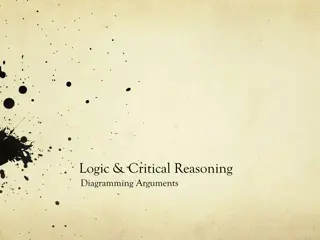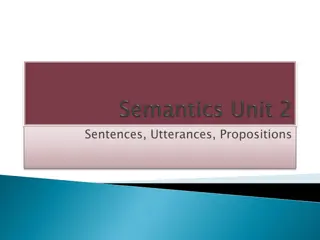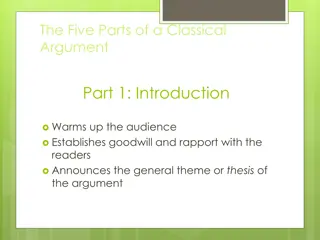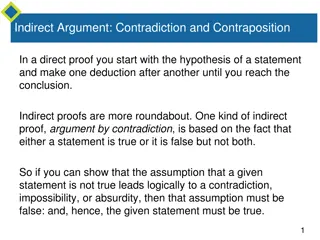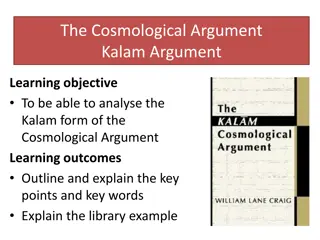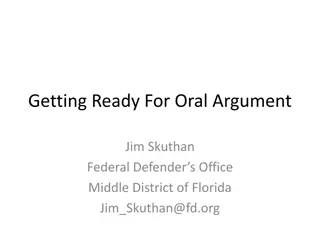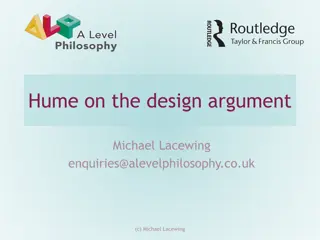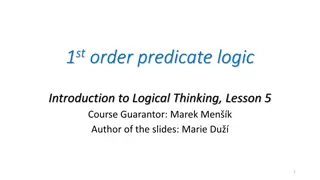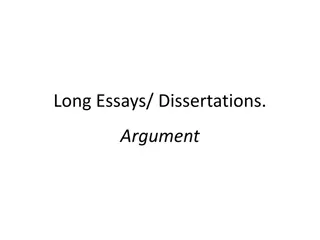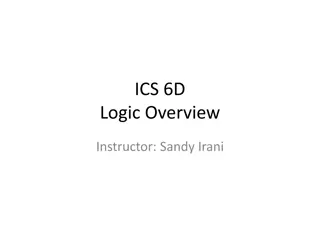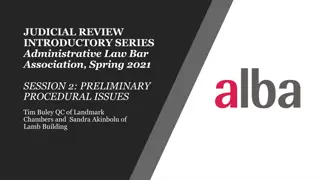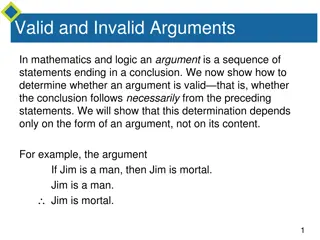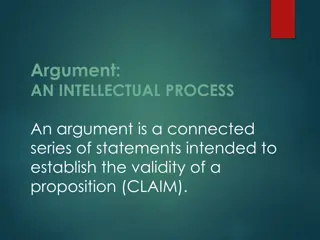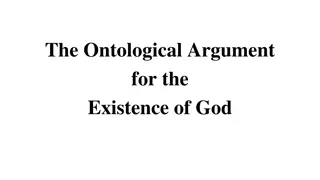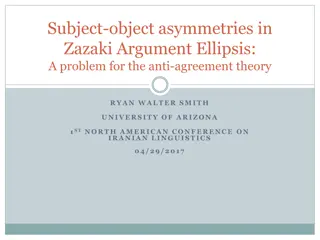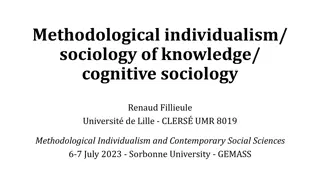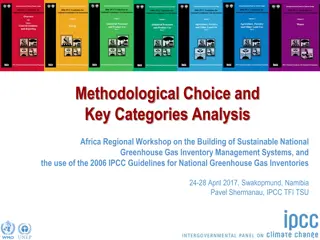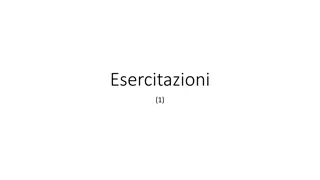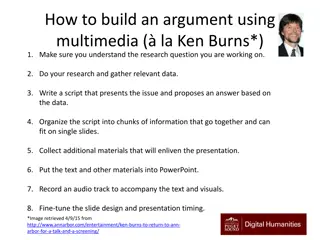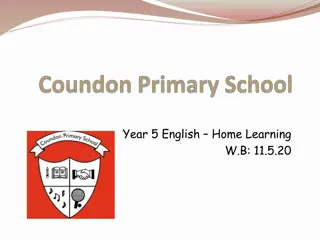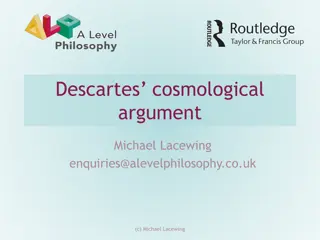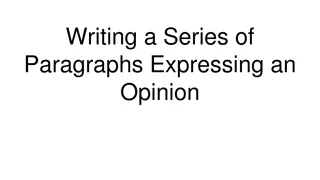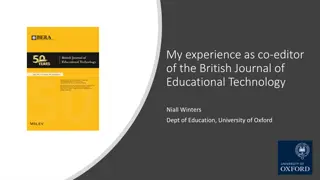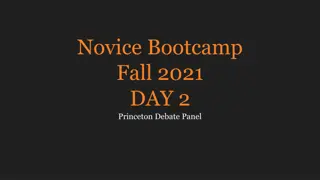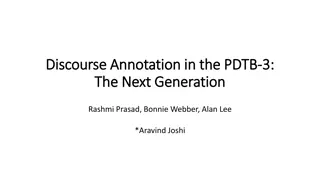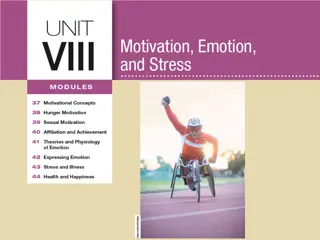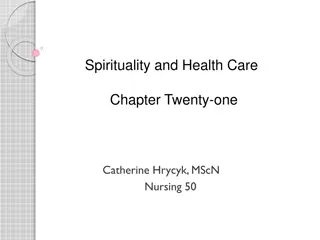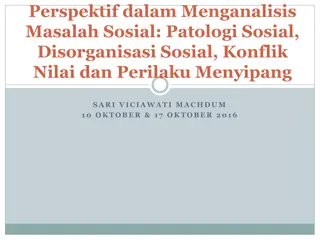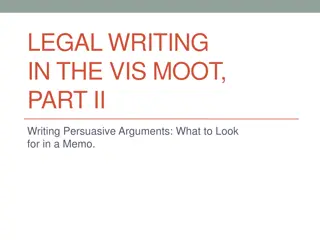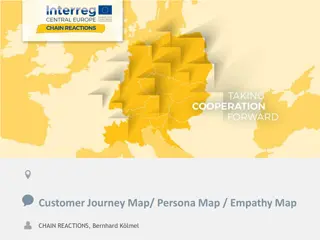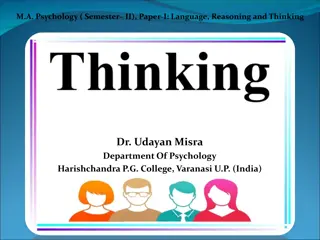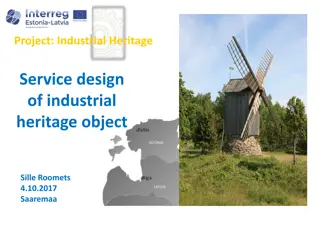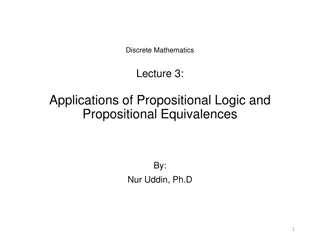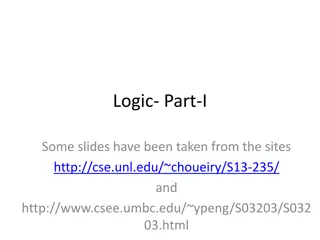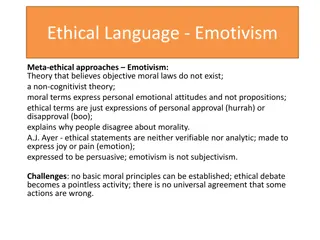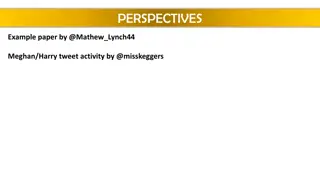Understanding Propositions: Methodological Perspectives and Argument Structure
Explore the concept of argument structure, propositions, and states of affairs within sentence meaning. Learn about different types of propositions based on verb relations and delve into event and state propositions. Understand how propositions can take various grammatical forms and their significance in communication.
Download Presentation

Please find below an Image/Link to download the presentation.
The content on the website is provided AS IS for your information and personal use only. It may not be sold, licensed, or shared on other websites without obtaining consent from the author. Download presentation by click this link. If you encounter any issues during the download, it is possible that the publisher has removed the file from their server.
E N D
Presentation Transcript
Propositions Methodological Perspectives
Concept of Argument Structure Subject Argument Complement Proposition Relation/Function Verb
A Description of States of Affairs (A Basic Element of Sentence Meaning) Lucas argument .. told relation/function .. Nicholas argument .. a lie argument Fx (a,b) tell (Lucas, a lie, Nicholas)* Such formulae often delete verb endings, articles and other grammatical elements (Saeed, 2009:14) Fx (a,b) tell (Lucas, lie, Nicholas) Speaker s attitude determines Grammatical Representation 1. Lucas told Nicholas a lie. (declarative stating information) 2. Did Lucas tell Nicholas a lie? (interrogative asking for information) 3. Tell Nicholas a lie! (imperative command)
Types of Proposition (based on characteristics of relation of verb) Action Event Experience Proposition Process State State
(1) There are two main types of prepositions event proposition and state proposition. (2) The event proposition has EVENT as the central concept: action (run, hit, eat, and swim), experience (smell, see, hear, think, and covet), or process (freeze, boil, melt). (3) The event proposition consists of at least a central EVENT concept and and additional THING concept, eg. The boys ran. (4) The state proposition will have a THING or ATTRIBUTE as s central concept. (5) The state proposition consists of THING and ATTRIBUTE which are related the one to the other by state relation. (6) The state proposition has two main parts: the topic (the CONCEPT being talked about), and the comment (the THING or ATTRIBUTE being used to describe or identify the topic plus the state relation)
Event Proposition (Adapted from Larson, 1984:213)
State Proposition (Adapted from Larson, 1984:213)
Proposition most often takes the form of a clause or simple sentences in the grammatical structure but not always. It may be encoded in a variety of forms (Larson, 1984:207)
Exercises 1 Give 5 (five) clauses or simple sentences for each type of proposition.
The topic (the CONCEPT being talked about) State Proposition The comment (the THING or ATTRIBUTE being used to describe or identify the topic plus the state relation) For example: The book is Peter s (1) The topic: the book (2) The comment/the central concept: Peter by the relation of ownership (3) Meaning of the book is Peter s: The book is owned by Peter or The book belongs to Peter.
The various kinds of relation in State Proposition
Exercises 2 1. Give 5 (five) clauses or simple sentences portray state proposition. 2. Analyze each based on the topic and central concept to see the relation. 3. Determine the meaning of each.
EVENT (the Central concept) Event Proposition Additional THING For example: John smiles (1) EVENT: smile (2) The additional THING: John (3) Meaning of John smiled: John experienced the phenomenon of smiling (presenting the look regarding amusement or ridicule)
Verbs and Thematic Role Grids Verbs have particular requirements for their thematic roles (Saeed, 2009: 160) eg. Gina raised the car with a jack. (1) This sentence identifies three entities: (1) Gina; (2) the car; and (3) a jack. (2) These entities are related by the action, raise. (3) The sentence portrays these entities in specific roles: (a) Gina is the entity responsible for initiating and carrying out the action, (b) the car is acted upon and has its position changed by the action,and (c) a jack is the means by which Gina is able to cause the action. (4) Such roles have a number of labels in semantics, including: participant roles (Allan 1986), deep semantic cases (Fillmore 1968), semantic roles (Giv n 1990), thematic relations (Gruber 1976, Jackendoff 1972) and thematic roles (Dowty 1986, 1989, 1991, Jackendoff 1990). (5) Given its wide usage in recent work, we will use the last term here: thematic roles.
Thematic Roles Agent Patient A List of Thematic Roles Theme (Saeed, 2009:153-154) Experiencer Beneficiary Instrument Location Goal Source Stimulus
Agent: the initiator of some action, capable of acting with volition, eg. David cooked the rashers. Patient: the entity undergoing the effect of some action, often undergoing some change in state, e.g. Enda cut back these bushes. Theme: the entity which is moved by an action, or whose location is described, e.g. Roberto passed the ball wide. Experiencer: the entity which is aware of the action or state described by the predicate but which is not in control of the action or state, e.g. Kevin felt ill. Beneficiary: the entity for whose benefit the action was performed, e.g. Robert filled in the form for his grandmother. Instrument: the means by which an action is performed or something comes about, e.g. She cleaned the wound with an antiseptic wipe. Location: the place in which something is situated or takes place, e.g. The monster was hiding under the bed. Goal: the entity towards which something moves, either literally or metaphorically e.g. Sheila handed her license to the policeman or Pat told the joke to his friends. Source: the entity from which something moves, either literally or metaphorically e.g. The plane came back from Kinshasa or We got the idea from a French magazine. Stimulus: the entity causing an effect (usually psychological) in the experiencer, e.g. John didn t like the cool breeze.
Exercises 3 1. Give 5 (five) clauses or simple sentences portray event proposition. 2. Analyze each based on event as a central concept and additional THING. 3. Identify the thematic role for each additional THING constructing the propositions. 4. Determine the meaning.
Proposition most often takes the form of a clause or simple sentences in the grammatical structure but not always. It may be encoded in a variety of forms (Larson, 1984:207)



